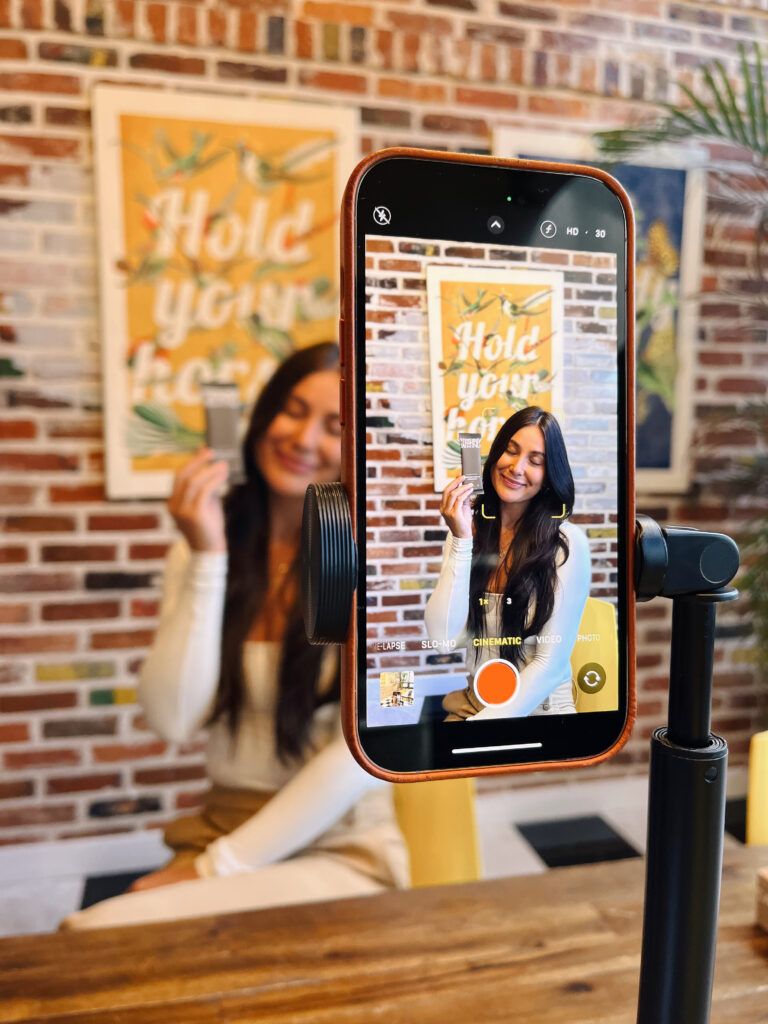Peter Czepiga drops knowledge on all things whitelisting. Peter is a full-stack growth marketer with 5 years of experience scaling DTC brands from 0 to 7+ figures in monthly revenue. He’s the founder of Flighted, a boutique growth agency that takes an advisor-led approach to help DTC brands profitably scale paid social channels.
Post-iOS 14, the standard definition of what works in paid social advertising has changed drastically. It’s no longer enough to simply adhere to media buying best practices like Facebook’s Power 5 and expect profitable campaigns. Growth marketers have been forced to think outside of the box across the entire funnel, from product discovery to purchase.
One of the biggest examples of this trend is ad budgets shifting increasingly towards Whitelisting campaigns. I work with several accounts that are spending more than 50% of their ad dollars on whitelisting campaigns, and many advertisers even run exclusively Whitelisting ads. It has become a must-have tool in every media buyer’s playbook in order to achieve the CPCs/CRs necessary to make paid acquisition work.
What is Whitelisting?
Whitelisting, in its most basic form, is the act of running paid social ads from a handle other than your own brand. This can take many different forms across many different social platforms. The most common whitelisting strategies are the following, ordered by level of complexity:
- Traditional whitelisting – when an influencer posts a photo/video organically, then gives your brand access to “boost” that post from within Facebook’s ad manager as a paid advertisement. These are called Spark Ads on TikTok but are the same concept in practice. Keep in mind that whitelisting has nothing to do with audience targeting. Just because you’re running creative from that influencer’s handle doesn’t mean you are only advertising to their audience. You can use any audience you normally would from within Facebook’s ads manager.
- Generalized whitelisting access – when an influencer gives you generalized whitelisting access to run any creative that you want from their handle. These videos don’t even technically need to include the creator in them, although they usually perform better if they do.
- Whitelisting to a third-party advertorial – this is the same mechanics of generalized whitelisting. The only difference is that the partner you typically whitelist from in this instance is a blog or publication, and you are sending traffic to an article on their website rather than to your own website. This method of whitelisting is the most popular as of late, and the most effective when executed effectively – you often see better CTRs and higher CRs when your ads come from a third-party publication and direct to a “neutral” landing page.
How Should DTC Brands Test Whitelisting?
I always recommend building a whitelisting setup that is as similar as possible to your non-whitelisting campaigns. This means focusing on strategies 2 and 3 above – while it’s great to have whitelisting ad content that is created by the partner who gave you access, you’ll want to also test your evergreen creative from whitelisting accounts and have the flexibility to test lots of creative, the same as you would with a regular ad campaign.
If your team’s capacity allows, you can source influencers/creators on your own. If not, it’s best to find a partner that has a pool of different creators that can not only create but also allow you to whitelist. If you’re selecting the DIY option, you will have to manually instruct influencers how to navigate to their business manager on Facebook and add your business as a partner – can be nightmarish and time-consuming. On the other hand, if you’re working with a partner (like Lauren Labeled), they can handle this part for you.
What Whitelisting Best Practices Should I Follow?
First, make sure that you communicate with the influencers you partner with ahead of time to manage content expectations. Let them know the types of content you are going to be running to their account so there are no unpleasant surprises down the road and to keep the relationship respectful. Keep a tight communication/feedback loop with them so that you can quickly generate new content, made by them, that is a natural fit for the handle the ads are coming from.
Secondly, if you whitelist to a third-party advertorial landing page, make sure you have the tracking infrastructure set up to capture the full success of the campaign. On your partner’s article page, have they added your desired UTM parameters to their outbound links to your website? Alternatively, have they enabled pass-through UTMs? Have they added the Facebook pixel to their site? You don’t want to spend thousands on a brand new whitelisting advertorial campaign, only to discover that you have no way of measuring its true efficacy.
Lastly, treat the handles you run ads from like the ad creative itself – test and iterate as they fatigue! Sometimes using the exact same ad creative from a new influencer handle can attract a completely different audience. These handles need to be rotated in/out over time just like any other creative asset. I also keep whitelisting campaigns separate from my core prospecting campaigns, even if they’re using the same creative and audiences, so you can easily compare their performance.
Conclusion
Whitelisting has gone from a novelty to a must-have in every Facebook ad account. I recommend building a roster of influencers who you can rely on to provide whitelisting access and ongoing new content with quick turnaround times. Similarly, you should have a variety of cost-effective publishing partners who can create articles/landing pages for your brand and let you run traffic to said articles at a competitive price point. Once you have a whitelisting process that is as streamlined as your own internal creative/landing page testing process, the scale potential of whitelisting is endless.




